Satish Jassal opens up about the challenges of seeing through a project on site

Every architect’s journey is a tapestry woven with strands of emotions, activities, and decisions, all aimed at one programme - the successful completion of a design. A common question I’m asked by fellow architects is whether obtaining planning permission or executing the design is the more challenging task. Many believe the former is the greater hurdle, but, in my experience, the most profound emotional impact is experienced during the construction programme, where the pressure is at its highest.
The stereotypical image of an architect is one of stoicism — an outdated and non-inclusive perspective. It is easy to forget that architects, too, are human beings, susceptible to a spectrum of emotions.
1. Relief – 1 Week
Nestled in southeast London, I eagerly await the arrival of the client. Two years after planning permission was granted, the house is finally moving to construction stages. The client has resolved his funding issues and decided against selling the site. After the arduous journey to secure planning permission, this is a welcome relief.
2. Patience – 12 Weeks
As I patiently await the arrival of the Party Wall Surveyor at the site, I am reminded of the complexities that often accompany the delineation of legal boundaries, particularly in historic urban sites such as this one. Over time, ad-hoc construction can blur the lines of demarcation, making it a challenging task to accurately define the exact boundary.
However, this site presents a unique advantage. Three of its four sides are flanked by built forms, closely aligning with the title plan. The fourth side, has been the subject of a recent agreement between our client and a neighbouring property owner. The deal involved the acquisition of a portion of the neighbour’s garden, inclusive of the party wall agreement.
The other neighbour, who vehemently opposed the planning application, failed to respond to the party wall notice, leading to a dispute. As a result, a third-party wall surveyor has been appointed to mediate and agree on the award. The exchange of information and agreements between all parties involved requires a great deal of patience.
3. Anxiety – 4 Weeks
The quest for the perfect contractor is often fraught with anxiety. The right choice can yield an award-winning project, while the wrong one can lead to countless restless nights. The journey is often peppered with distrust, concealed motives, and the blame game. Over the years, I have learned to steer clear of these pitfalls, focusing instead on delivering a project of the highest possible quality within the given constraints.
The client informed me that a trusted plumber had recommended a builder for his new-build. Having recently launched his own company, the builder was on the hunt for new projects. His portfolio primarily consisted of refurbishing existing structures and constructing basements for homes in West London while working for another organisation.
I insisted on conducting some checks. His client testimonies were impressive, and the quality of the projects we visited was high. Contrary to my advice, the client decided to tender exclusively to this builder.
4. Surprise – 6 Weeks
The financial constraints on this project are stringent. Our client had to secure a bridging loan to facilitate the construction of the residence. A significant portion of the budget is being invested into the creation of a 1.5-storey basement, designed to house the three bedrooms specified by the client. This necessitated a highly efficient approach to the remainder of the build.
Upon receipt of the builder’s tender, there is always a moment of anticipation, a brief interlude for a silent prayer before I delve into the details of the tender return. To my surprise, the tender was slightly above our budget but not as steep as I had initially anticipated. I promptly forwarded it to the quantity surveyor for a thorough examination of the figures and subsequently to the client.
During a comprehensive review of the tender with the builder, we were able to identify potential areas for cost savings without impacting the design intent. This allowed us to effectively reduce the overall costs to budget. A JCT contract was then drafted using the convenient online RIBA Contracts tool.
I wear many hats in this project- as the contract administrator, architect, project manager, brick cleaner, and general problem solver.
5. Excitement – 5 Weeks
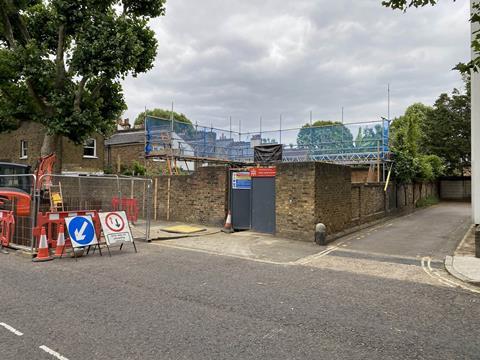
I am at the site with the builder. The hoarding has gone up, and the first 1 x 1-metre burrow has started for the sequential basement retaining walls. I am full of excitement and optimism, and the multitude of potential worries and risks are put to the back of my mind.
6. Frustration – 2 Weeks
Securing a new-build warranty is an indispensable requirement for all newly constructed houses. It is crucial to obtain a minimum of a ten-year structural warranty to ensure the property can obtain a mortgage in the future. The process of interacting with new build inspectors can be challenging, yet it is a necessary step in the process.
The new building insurance market has numerous insurance providers, each employing a network of approved inspectors who conduct regular inspections. These inspectors often uphold stringent standards for construction elements to safeguard the insurance company’s policy.
Our new build inspector, for instance, has been meticulously measuring the exact spacing of reinforcement bars, even going as far as to claim that one was off by a mere 5mm. Despite the occasional frustrations arising from such rigorous scrutiny, I have always secured a new-build warranty. I set aside my frustrations with the inspector and reach out to the structural engineer to ensure he structure is safe.
7. Panic – 4 Weeks
With covid lockdowns enforced and the site closed, panic sets in. Is this the end of the project?
8. Determination – 52 Weeks
The construction process is in full swing again. I visit weekly to check the works within the lockdown rules, answer site queries and monitor progress for interim payment valuations. The builder is open to discussing how best to construct in-situ, often trying to find the best solution with me. A much quicker and more collaborative way of working than an exchange of emails.
Most of the details were drawn up at the tender stage to get cost certainty, but sometimes the site conditions dictate. We are fortunate that this builder is also determined and never questions the intent of the design.
9. Frantic – 3 Weeks
The oak windows for the house are being made in Latvia, and the implementation of Brexit means they could not deliver the windows to the UK. Worst of all, a 50% deposit for the windows has already been paid. I frantically call the Latvian manufacturers, whom I have worked with before.
Their English is not great, and my Latvian is non-existent. I received an email from them with details of a delivery company that can cross into the UK. However, the manufacturers could not accompany the windows and, therefore, could not install them as planned. I discussed the situation with the builder, and to my surprise, he agreed to install the windows, even the three-storey bays, within his original price.
10. Nervous – 1 day
The two large glass-to-glass windows are being delivered to the site and will be positioned into the structure by hand. My nervousness keeps me away from the site, and I monitor the builder’s Instagram for a video of the installation (assuming it goes well).
11. Tense – 2 weeks
Today marks the day of our final building control inspection, a critical evaluation of our bespoke designed house. As always, a tense sense of anticipation accompanies this final review, with the hope that no significant issues will be intentifed. Together with the builder, we guide the building control officer through the property, prepared to answer any queries and address any concerns he may have.
As a matter of course, I always strive to secure a building control plan check certificate and a final building control certificate prior to issuing a practical completion certificate. The officer meticulously inspects the property, requesting construction photographs, manufacturer’s confirmations, and testing reports - all perfectly valid requests.
In response, the builder and I liaise with the relevant parties to gather and submit the necessary evidence to the officer, fully acknowledging the importance of building control sign-off.
12. Delighted – 2 hours
The house is practically completed. I walk around with the client, and there are moments I stop, look, and pause. I am delighted at what we have all achieved together on such a small, sensitive site. I hope all architects feel the same when they complete a project.
13. Wet – 5 hours
There is a leak! I rush to the site with a cloth and binoculars to find the entry point.
14. Shocked - 2 weeks
I am at the RIBA London Awards 2023, and my practice’s name has been announced.
This emotional programme, with its highs and lows, is a testament to the rollercoaster that is an architect’s life. Despite the challenges, the sense of accomplishment at the end of a project can make it all worthwhile.
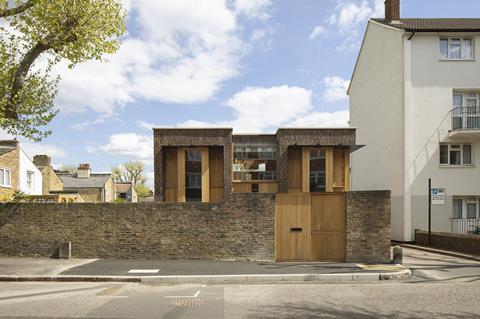
Postscript
Satish Jassal is director of Satish Jassal Architects. He is a design expert associate for the Design Council, sits on the Harrow design review panel, is a Fluid diversity mentor and a trustee of CDS Cooperatives housing association









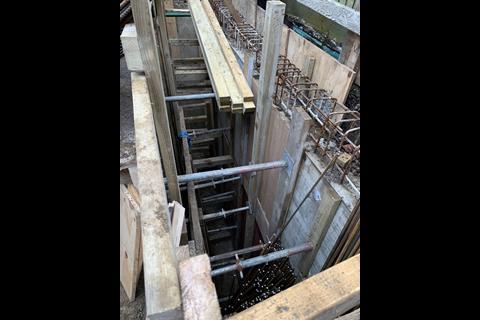
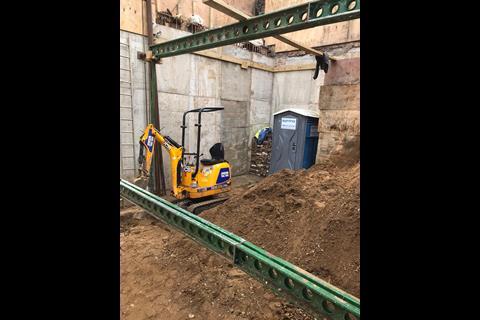
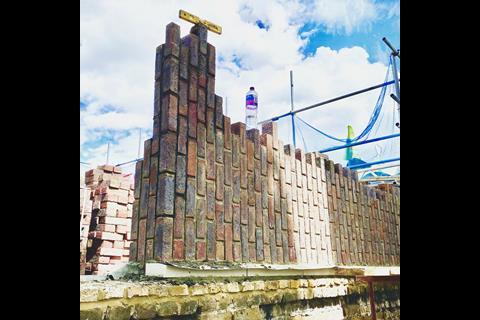
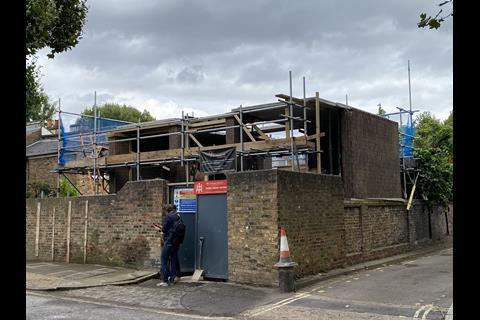
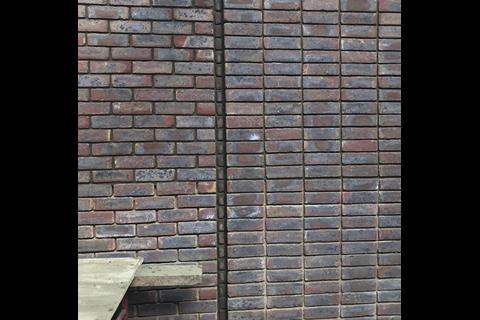
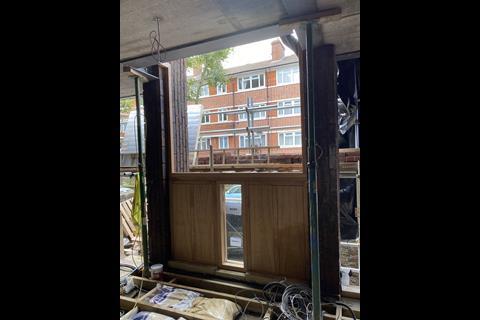
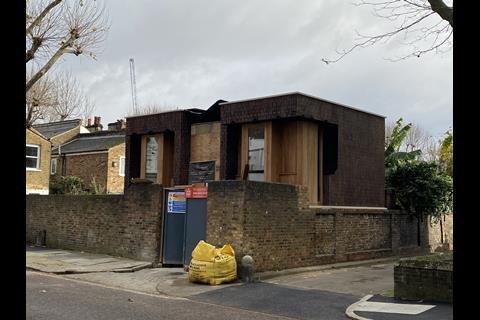








1 Readers' comment